In the construction industry alone, quality trade partners like mechanical, electrical and masonry contractors remain in high demand.
“Doing high-quality work is just the beginning,” said Todd McDonald, Chief Operating Officer, CSM Group. “Our trade contractors also need to have real-time processes and transparent communication. We evaluate trades on more than just cost, we hire trade contractors because we know they have the agility to support the clients we bring to them.”
As trade contractors grow their businesses to keep up with this demand, they strive to scale their operations, lower their costs, and manage risk – all while retaining a high-caliber workforce and delighting clients.

We’ve talked with several trade contractors that are evaluating ways to stay competitive and identified the top eight pressing challenges that are making a significant difference to the bottom line.
Challenge 1: Location, Location, Location
“Every job is unique and specific so we need to assign people with the proper certifications, skills and work history,” said Amy Jones, Vice President, Andy J. Egan Co. “We continually strive to improve the speed of our information, schedules and workforce so that our company can stay agile and make good decisions. As we grow, we continually improve our systems to help us perform better.”
Spreadsheets, sticky notes and whiteboards serve a purpose, but they don’t keep your team in the loop or allow for real-time status updates and dispatch.
Matching your labor pool to your job assignments may seem like a never-ending puzzle, especially when you add adjustments for shortages or mid-day changes. With delays eating profits, it is important to get the right people with the right skill sets to the right locations quickly.
How does your team manage job assignments?
Challenge 2: Tracking Time
“Our field team often recreated the hours and jobs from memory at the end of the week, so we knew it wasn’t completely accurate,” said Cris Nichols, Fulton & Sons Excavation. “We have tried a couple of tracking solutions, but they didn’t integrate with our systems, so they didn’t really help.”
Beyond the need to get your team paid, accurate time information helps you make better business decisions. Knowing how much time employees are spending on each job not only ensures accurate billing, but also increases the accuracy of job costing, labor needs, and profitability for future bids.
How does your team track their time?
Challenge 3: Managing Materials
“We have one team that seems to use way more cable than their counterparts,” said Cornell Goodreau, President, CCGood. “It would be nice to get a handle on it. Job after job, it really adds up.”
In addition to labor, material costs can make a big difference to your bottom line. Even though tracking materials for each job enables more accurate job costing, reduces loss and provides valuable data to keep you competitive on future bids, it is a challenge to manage materials on-site. With the Bureau of Labor Statistics reporting a 4.8% rise in material costs last year, this is a challenge worth exploring.
How do you manage materials on the job site?
Challenge 4: Maintaining Your Gear & Fleet
“By the time you add up test meters, generators, hammer drills and other specialty tools,” said Scott Pennell, Owner, Esper Electric, “you’ll likely realize the importance of keeping track of each item.”
With your team on the go, it’s generally no longer feasible to have centralized manager for the valuable tools and assets your team needs to get the job done. Still, when your team needs that specific tool – they need to know where to find it without spending valuable time in the search.
And what about trucks, trailers and heavy equipment? In addition to knowing where they are located, it is a challenge to proactively manage maintenance schedules, licensing, branding and mileage for your fleet to keep your assets running smoothly and your team safe.
How do you track your gear?
Challenge 5: Compliance & Safety
“Safety on the job site always comes first,” said John Austin, CEO/President, Level 5 Safety.
Safety and compliance are no laughing matter. While the Occupational Safety and Health Administration (OSHA) has resources available to promote safety, implementing and tracking your plans across multiple work sites are sizable challenges that requires buy-in and support from your entire workforce.
In addition to safety, trade contractors need to manage certifications and reporting. The Equal Employment Opportunity Commission (EEOC) requires workforce reporting and trade contractors need to manage general liability insurance certificates and job-related certifications for each worker. This may not seem like a significant issue if you have a few employees, but multiply it and add different expiration dates for each document and it becomes a full-time challenge.
With team safety and severe penalties for non-compliance at stake, addressing this challenge becomes a necessity.
How do you manage safety and compliance within your business?
Take a look at how you can use technology to level up how your monitor and protect your sites.
Challenge 6: The Human Side of Human Resources
“We have team members working all across the country on long-term projects,” said Kristin Kremer, Director of Human Resources, CSM Group. “They are valuable members of our team and we want to make sure they are engaged and rewarded for their great work.”
In addition to compliance and safety, it is important to connect with your entire team on a human level. With focus on building a strong corporate culture, HR leaders are tasked with extending the employee experience and support model across the entire business.
Recruiting and vetting new talent is competitive and costly. Including the entire team in company communications, training offers and recognition programs improves retention by keeping the team motivated, engaged and connected with your business.
Measuring key performance indicators, communication and engagement throughout your entire company unifies the team and moves the entire organization toward the goal.
Challenge 7: Supporting a Mobile Workforce
“We were always working several days behind what our teams were up to,” said Jonas M., Mechanical Contractor. “We needed to update our systems to give our mobile team tools at their fingertips, on their phones.”
Printed work orders and site plans, email, shared drives, scans and faxes don’t support the real-time information exchange that your technicians require to support clients and you need to competitively run the business.
With your workforce distributed across states, client sites, remote offices and on the road, it is critical they have access to up-to-the-minute plans and technical details to keep the client happy with a project that is on-time and on-budget. And once the job is complete, the billing cycle starts. The sooner you get the sign-off from the field, the quicker your team can invoice the client.
How quickly do you learn a job is complete?
Challenge 8: So. Many. Options.
If any of these challenges seem familiar, it may be comforting to know you are not alone. McKinsey Global Institute noted the global construction industry has been slow to adopt new technology and management techniques that could increase its value by $1.6 trillion.
Apps, software programs, add-ons, cloud solutions – the technology and options to address these individual challenges may seem daunting.










